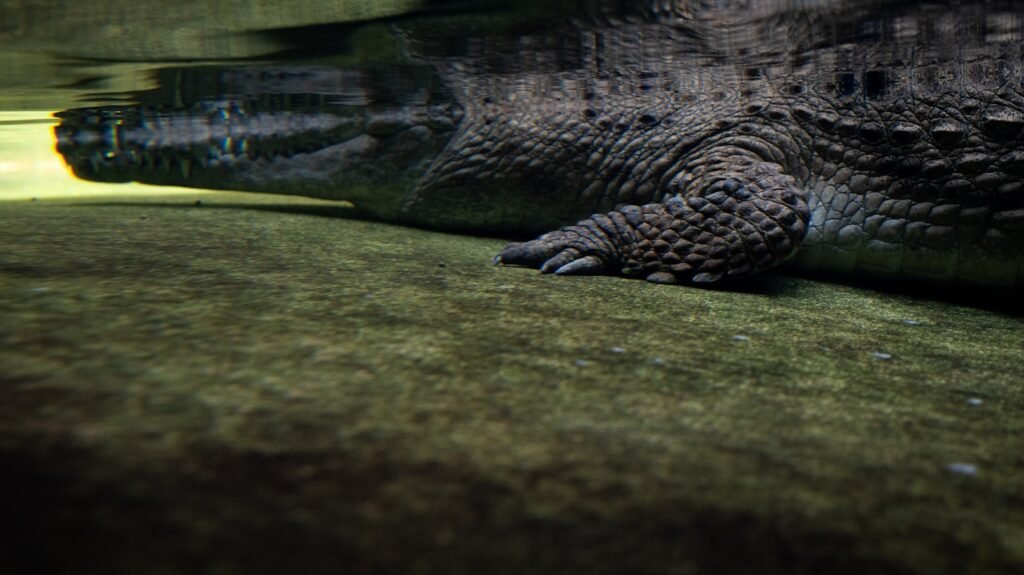Imagine stumbling into a shadowy cavern, your flashlight beam dancing over walls alive with the ghosts of prehistoric art. The colors—ochre reds, charcoal blacks, chalky whites—seem as vivid as if painted yesterday, yet these masterpieces could be tens of thousands of years old. But how do we know? The story of dating ancient cave paintings is a scientific adventure, full of surprises, setbacks, and ingenious detective work. The methods scientists use are as fascinating and layered as the art itself, combining chemistry, geology, physics, and even a bit of luck. If you’ve ever wondered how we can peer so far into humanity’s past, you’re about to discover the astonishing ways experts read time written in stone.
The Mystery of Cave Art Ages
Cave paintings are among humanity’s oldest surviving creative expressions, but pinning down their age is anything but simple. Unlike fossils or bones, which can sometimes be buried with datable materials, paintings are often isolated on bare rock. This leaves scientists with a daunting puzzle: how do you date a painting when there’s no obvious “clock” attached? The challenge is compounded by the fact that caves are living environments. Water trickles, minerals grow, and even tiny microbes can change the paintings over millennia. Each layer of cave art can be a palimpsest, with new images painted over ancient ones, making the dating process even more complex.
Why Knowing the Age Matters
Determining the age of cave paintings isn’t just an academic exercise. The timing of these artworks tells us when our ancestors developed symbolic thinking, storytelling, and even spirituality. It can change what we know about migration, contact between groups, and the evolution of our species. For example, dating a painting to 40,000 years ago might mean it was made by early Homo sapiens—or perhaps even Neanderthals! Each discovery can rewrite the story of human creativity and intelligence. In a way, dating cave art is like reading the oldest pages of our collective diary.
Carbon-14: The Classic Clock
One of the best-known tools in the scientist’s kit is radiocarbon dating—or Carbon-14 dating. This method measures the decay of radioactive carbon in organic materials. If a painting was made with charcoal, scientists can carefully sample tiny fragments and analyze their carbon content. The results give a surprisingly accurate estimate, sometimes down to a few decades, of when that charcoal was last a living plant. However, this method only works if there’s organic material in the pigment. Many cave paintings use mineral-based pigments, leaving carbon dating off the table for those artworks.
Uranium-Series Dating: Reading the Mineral Layers
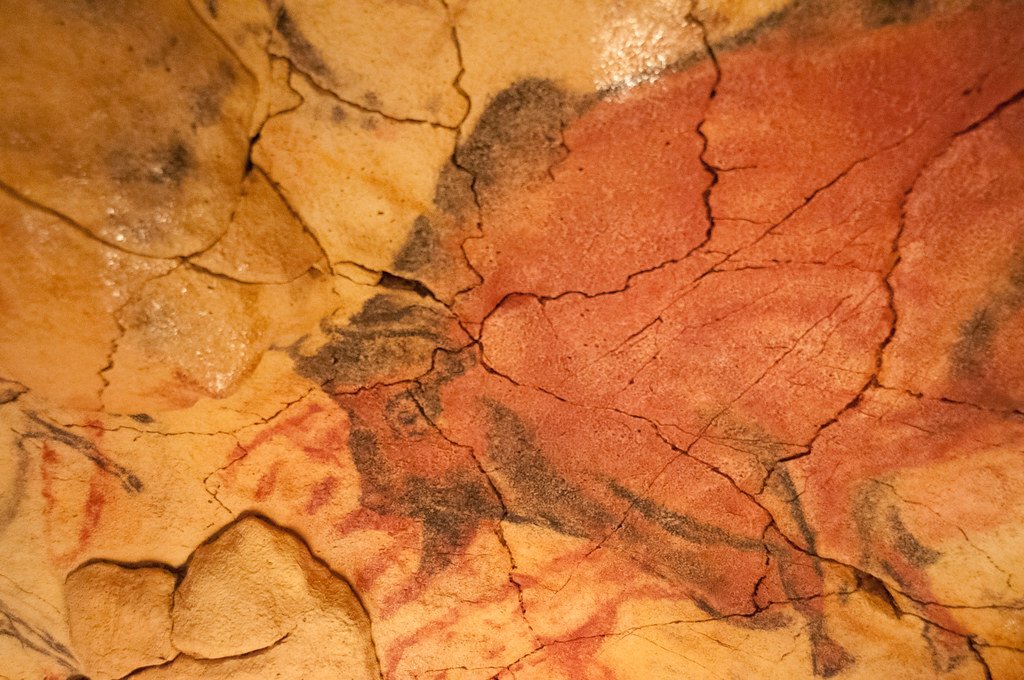
When organic materials are missing, researchers turn to uranium-series dating. Here’s where things get clever: caves often have thin layers of calcite, called “flowstone,” that slowly grow over paintings. By sampling these layers—either directly above or below the art—scientists can date the minerals using the decay rates of uranium isotopes. If a layer formed over a painting, it provides a minimum age: the art must be older than the flowstone. This technique has pushed back the known dates of cave paintings in places like Spain and Indonesia, sometimes revealing art older than 60,000 years.
Optically Stimulated Luminescence: The Light Trap

Optically Stimulated Luminescence, or OSL, offers another ingenious way to date cave contexts. This method doesn’t date the painting itself, but rather the last time mineral grains around the artwork were exposed to sunlight. Imagine a layer of sediment that covered a painted wall: by analyzing trapped electrons in the grains, scientists can estimate when that sediment was last lit by the sun. OSL is especially useful when paintings are buried by cave collapses or sediment flows, helping establish a timeline for when the art was sealed away.
Analyzing Pigments: The Chemistry of Art

Sometimes, the key to dating cave art lies in the pigments themselves. Scientists use advanced techniques like Raman spectroscopy or X-ray fluorescence to analyze the chemical makeup of the colors. These methods can identify the minerals used—such as iron oxide for red ochre or manganese for black. By comparing these minerals to known geologic sources or dating associated materials, researchers can sometimes estimate when the pigments were likely gathered and applied. While not always precise, these chemical signatures add crucial pieces to the dating puzzle.
Microbial Clues: Life on Ancient Walls
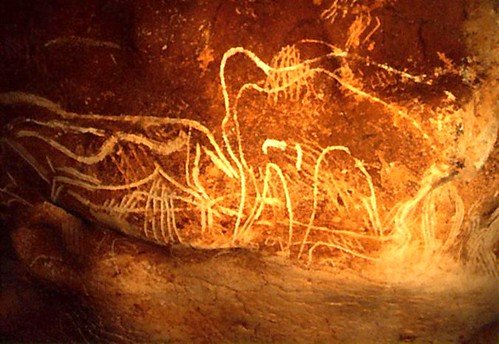
Cave walls aren’t static canvases—they’re teeming with microscopic life. Recent research has shown that certain bacteria and fungi colonize paintings over time, leaving behind telltale traces. By studying the DNA and metabolic byproducts of these microbes, scientists can sometimes estimate how long they’ve been growing on the art. This microbial clock is still experimental, but it offers an exciting new frontier in cave art dating. It’s a reminder that even the tiniest life forms can help unlock ancient secrets.
Stratigraphy: Reading the Layers
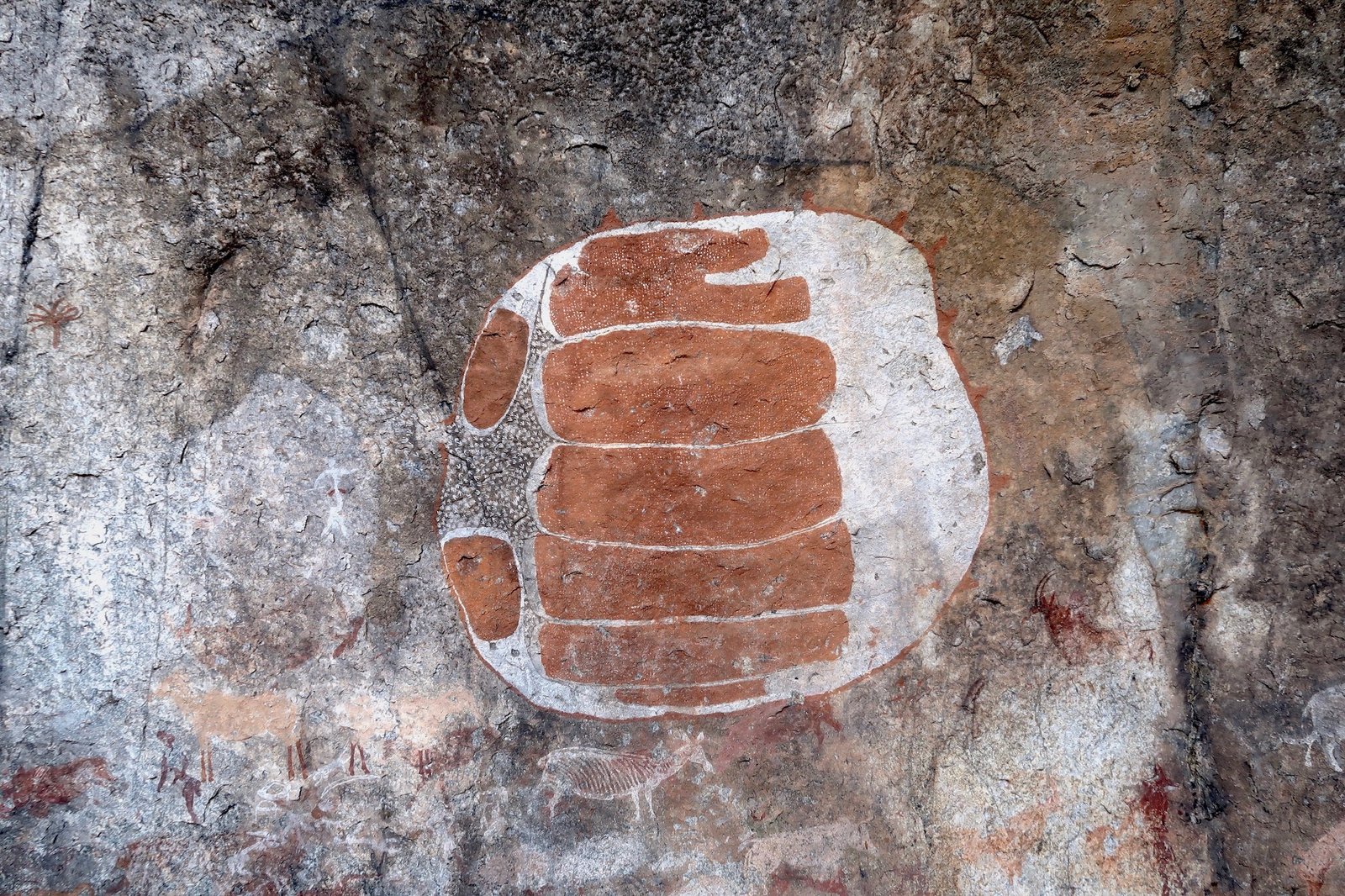
Just as archaeologists interpret the layers of soil at a dig site, cave art researchers study the order of paintings and mineral deposits. Stratigraphy—the science of layers—can reveal the relative ages of different artworks. For example, if one painting is clearly overlaid by another, the lower one must be older. Sometimes, layers of mud or calcite separate different generations of art, providing a natural timeline. Stratigraphy doesn’t always give exact dates, but it helps build a sequence of events and styles within a cave.
Contextual Dating: Art Meets Archaeology
Sometimes, the story of a painting’s age is written in the ground beneath it. Archaeologists carefully excavate cave floors, looking for tools, hearths, or animal bones that might have been left by the artists. If a painting matches items found in a nearby layer, the age of those artifacts can provide a clue to the art’s age. For example, pigments mixed with animal fat found in a hearth can be radiocarbon dated, tying the artwork to a specific moment in prehistory. This context-based approach often requires patience, luck, and a detective’s eye for detail.
Dating Hand Stencils: Tracing Human Touch
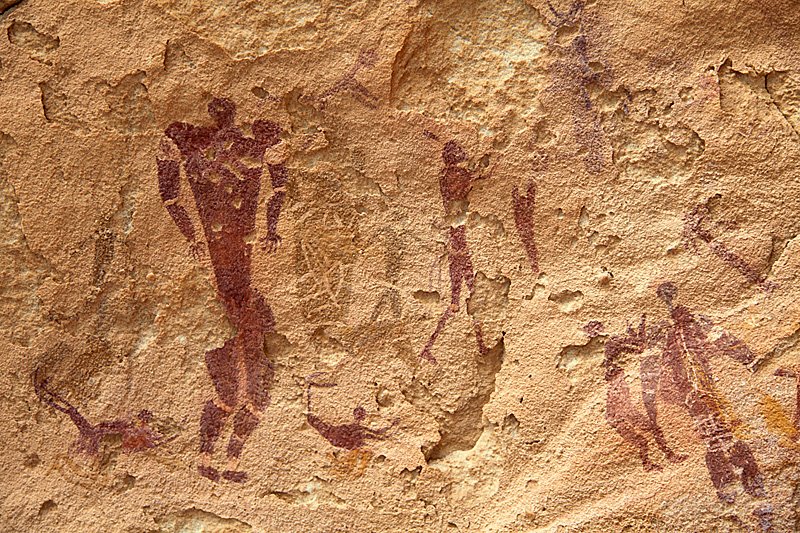
Some of the most haunting cave images are hand stencils—silhouettes left by blowing pigment around a human hand. Dating these is tricky, but sometimes mineral crusts form above or below the stencils, allowing uranium-series dating. In rare cases, organic binders in the pigment can be sampled for radiocarbon analysis. The age of these stencils isn’t just a number; it’s a direct connection to a real person who lived and breathed in that ancient world.
Challenges with Repainting and Overpainting
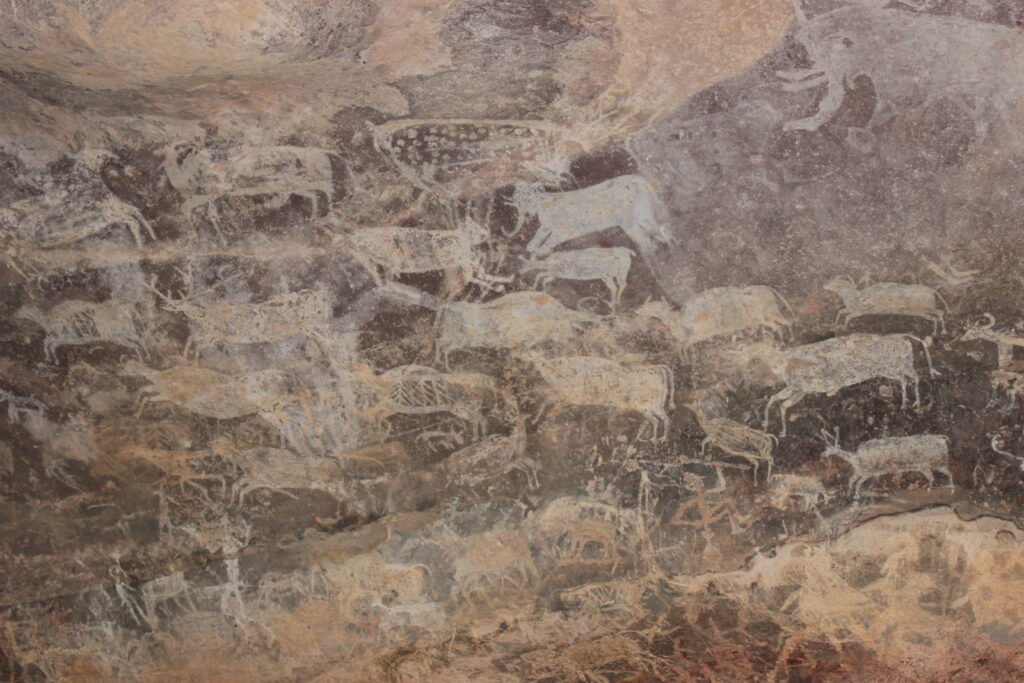
Cave paintings are not static masterpieces; over thousands of years, new generations often added their own marks. Repainting and overpainting can confuse even the most careful scientist. Sometimes, a newer image covers an older one, hiding or partially erasing previous art. This means that dating one layer might not tell the whole story. Advanced imaging techniques, like infrared and ultraviolet photography, help reveal hidden layers, but sorting out the timeline of multiple generations of artists can still be a daunting task.
The Role of Conservation in Dating
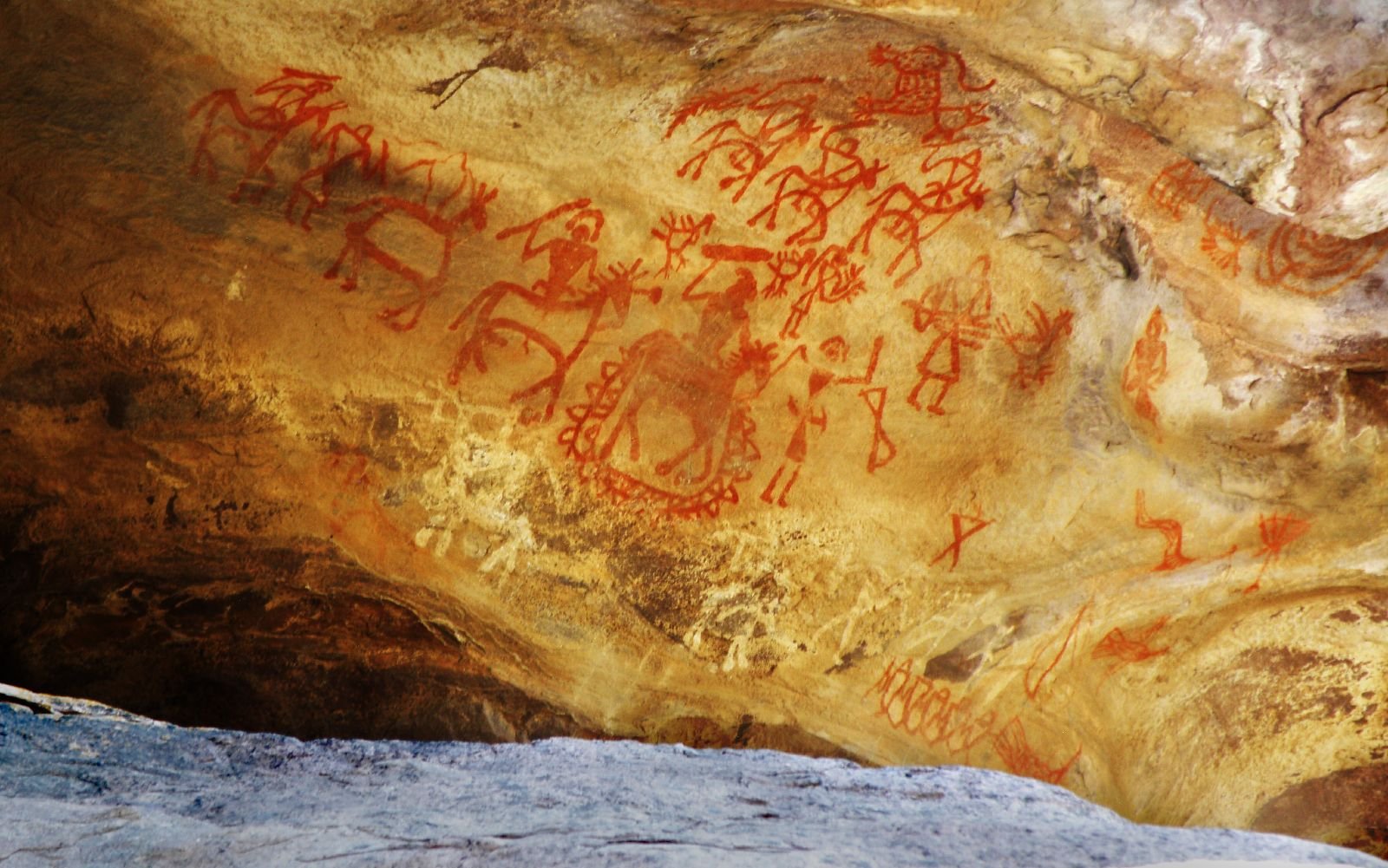
Dating ancient art is a delicate process—one wrong move can damage irreplaceable history. Scientists use minimally invasive methods, sometimes sampling just a few milligrams of pigment or mineral. Modern conservation ethics demand that every effort be made to preserve the paintings for future generations. This delicate balance between discovery and preservation adds another layer of complexity to the dating process. The care taken in sampling is a testament to the reverence scientists have for these ancient stories.
New Technologies Breaking Ground
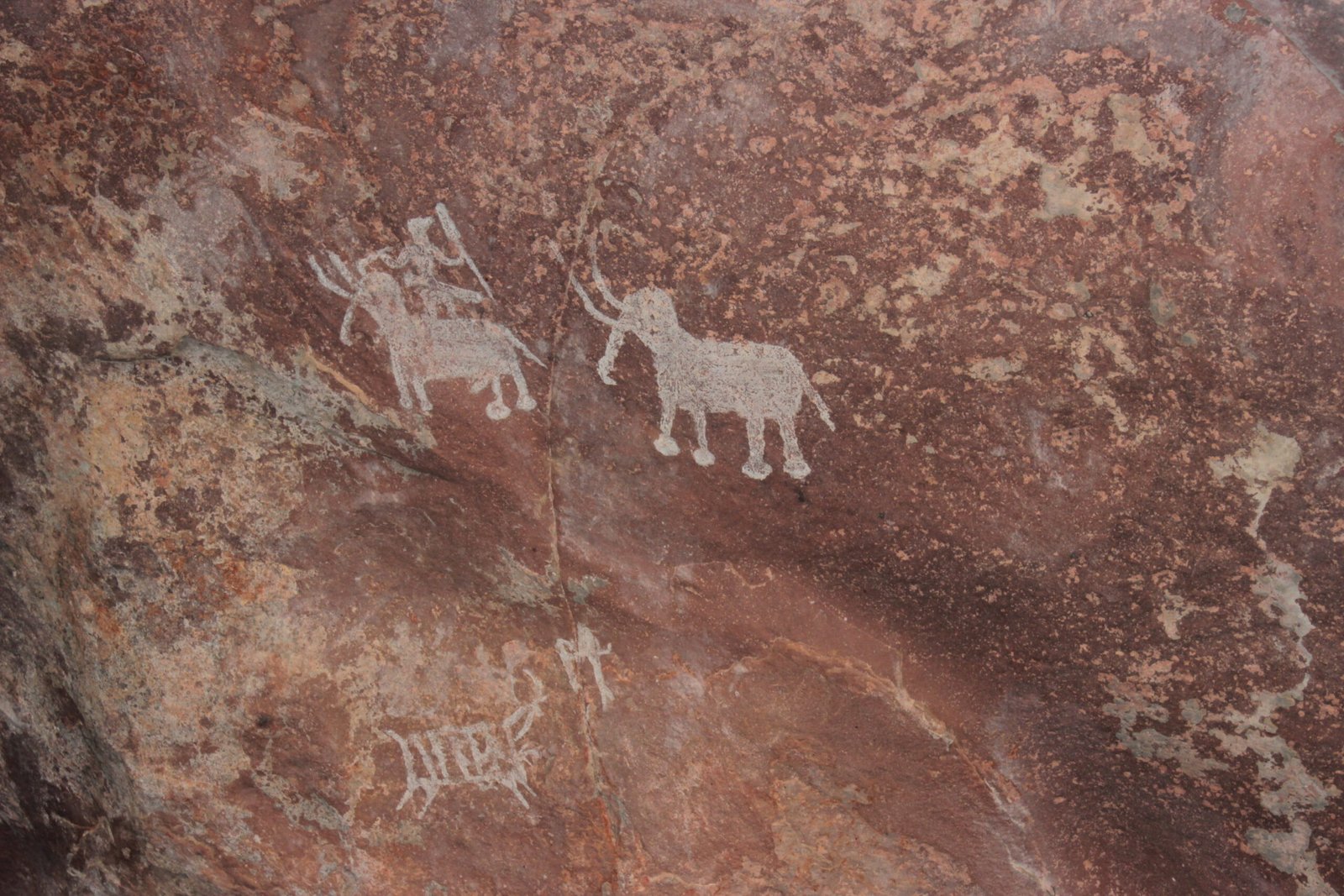
Technological advances are constantly reshaping the field of cave art dating. Portable X-ray machines, ultra-sensitive mass spectrometers, and even tiny robots can now enter caves that were previously inaccessible. These tools allow for rapid, non-destructive analysis of pigments and minerals. 3D scanning and digital mapping help researchers document the exact context of every painting, down to the millimeter. With every new gadget, scientists get a little closer to unlocking the full timeline of cave art.
Case Study: Chauvet Cave’s Shocking Timeline
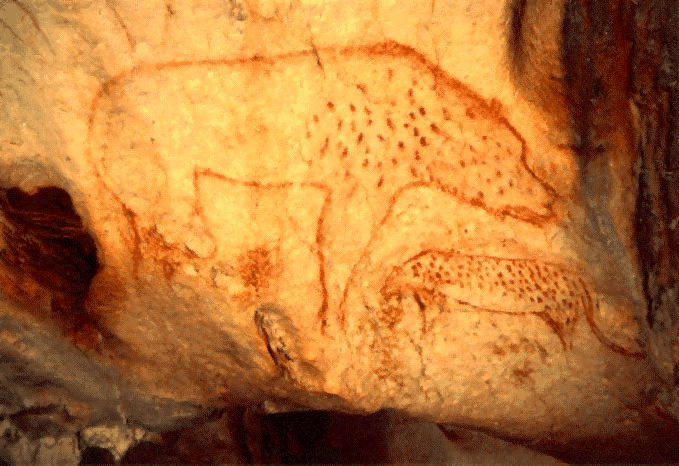
One of the most famous breakthroughs in cave art dating came from France’s Chauvet Cave. Discovered in 1994, its walls are covered in breathtaking images of lions, horses, and rhinos. Early estimates put the art at around 30,000 years old, but uranium-series dating of calcite layers shocked the world, pushing some paintings back to nearly 36,000 years ago. This made Chauvet one of the oldest known sites of figurative art, and it forced scientists to rethink the capabilities of our ancestors.
The Debate over Neanderthal Art

Dating cave paintings isn’t just about the art—it’s about who made them. Recent uranium-series studies in Spain suggested that some paintings were created more than 64,000 years ago, before modern humans arrived in Europe. That means Neanderthals, long thought to lack symbolic abilities, might have been the artists. This finding is hotly debated, but it shows how dating techniques can challenge our deepest assumptions about what it means to be human.
Interpreting Dates: More than Just Numbers

A date on a cave painting is never the end of the story. Scientists must interpret what that date means: is it the age of the painting, the age of the mineral crust, or the age of the organic binder? Each method has its own margin of error and potential pitfalls. Collaboration is essential; chemists, geologists, archaeologists, and artists all bring different perspectives to the table. The process is a bit like piecing together a jigsaw puzzle with missing and faded pieces.
Global Perspectives: Cave Art Around the World
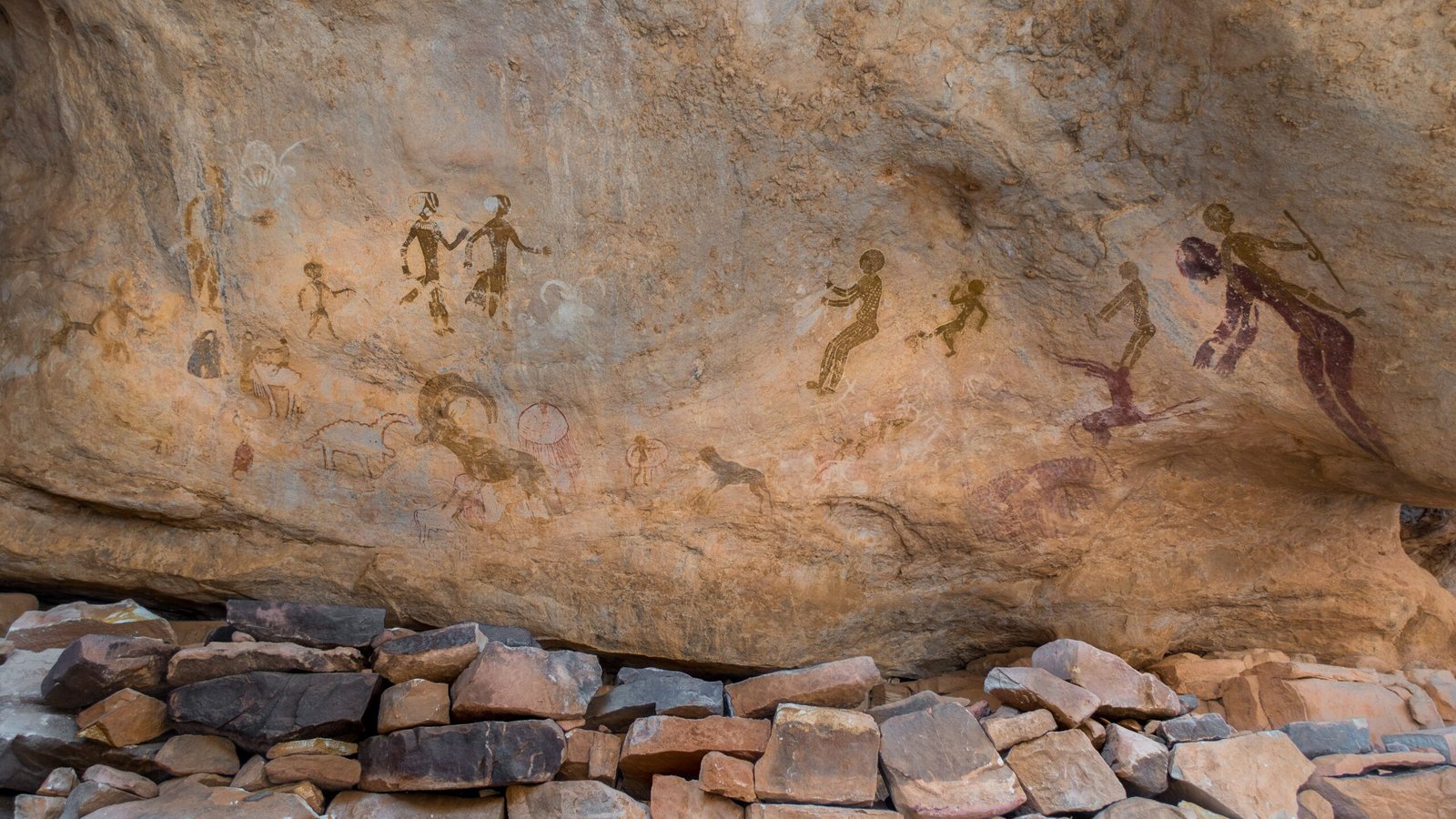
Cave paintings aren’t unique to France or Spain; they’re found across every continent except Antarctica. Each region presents its own challenges for dating. In Indonesia, for example, uranium-series dating revealed hand stencils over 40,000 years old, rivaling Europe’s oldest art. In Australia, researchers use a combination of radiocarbon and OSL to date Aboriginal rock paintings and engravings. The global quest to date cave art highlights both our shared humanity and our cultural diversity.
What the Future Holds
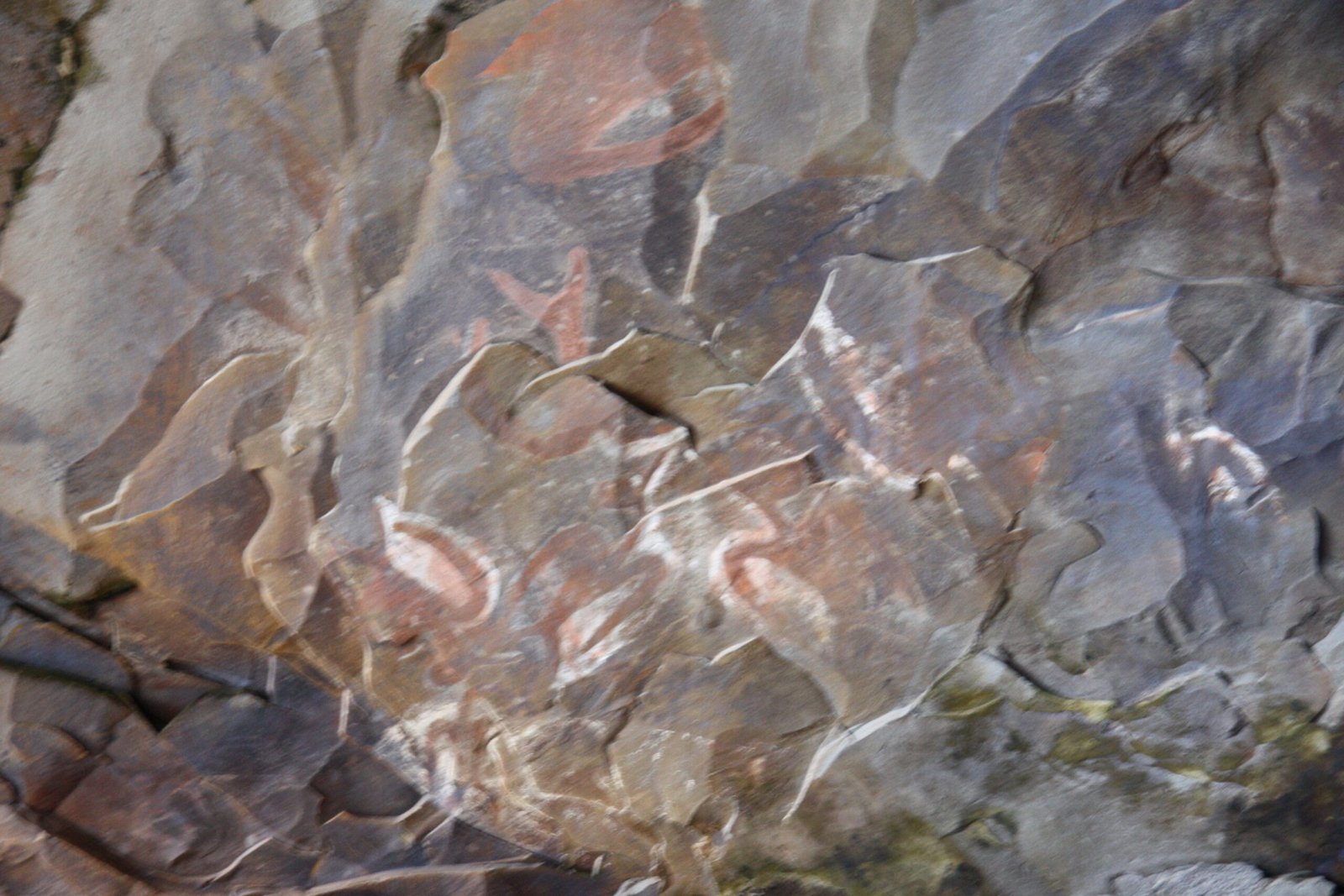
The science of dating cave paintings is always evolving. New methods, like analyzing trapped gases or isotopic signatures, are on the horizon. Artificial intelligence and machine learning are starting to help identify painting styles and sequences. As technology advances, so does our ability to peer further back in time. Each new discovery adds depth and richness to the story of human creativity.
The Emotional Impact of Ancient Art

There’s something deeply moving about standing in front of a painting made by someone who lived 30,000 years ago. Dating these artworks doesn’t just satisfy scientific curiosity—it tugs at our heartstrings. Every handprint, every animal, is a message from a vanished world. The more we learn about how these paintings were made and when, the more connected we feel to our ancient ancestors. It’s a reminder that the urge to create, to communicate, and to leave our mark is universal.
Enduring Mysteries and New Questions
Even with all our scientific tools, many cave art mysteries remain. Some paintings defy dating, their pigments too pure or their context too disturbed. Others hint at lost traditions and cultures we may never fully understand. Each discovery raises new questions: Who were these artists? What did they hope to say? As long as caves hold their secrets, the adventure of dating ancient paintings will continue to inspire awe and curiosity.


